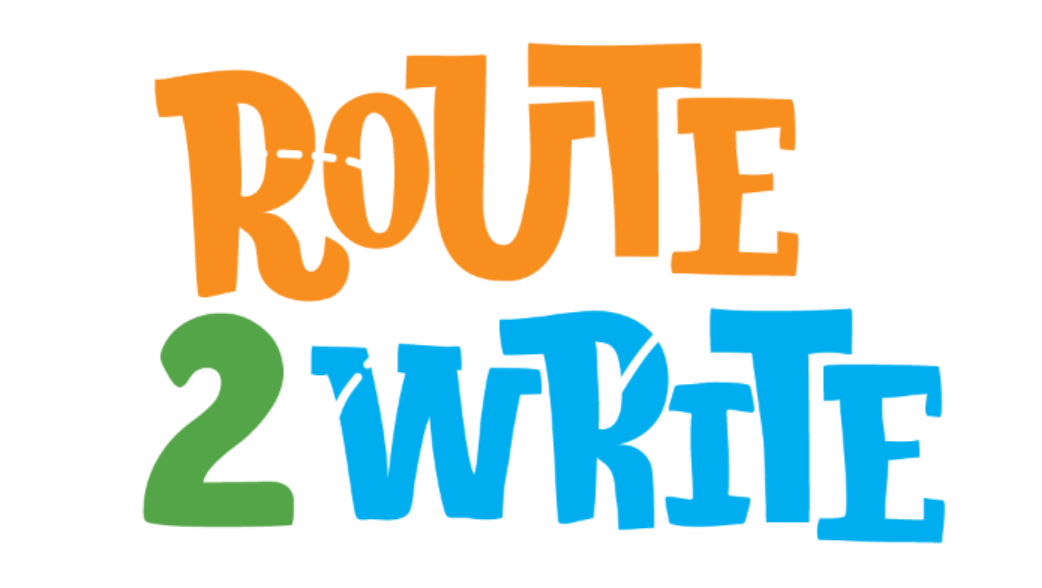When writing for an academic purpose, it is important that our writing is organized clearly so that our readers can understand what we are telling them. Often, academic writing also requires conducting research and presenting information that is not our own in order to explain or analyze a topic. MLA, or Modern Language Association, provides guidelines for organizing academic papers and giving credit to authors whose research we have included in our own papers. In this blog, we will discuss some of the basic formatting guidelines to ensure your academic paper is clear and well organized!
MLA formatting dictates many elements of essay formatting such as font style, spacing, and margins Here are some of the basic formatting instructions:
- Font: Times New Roman, size 12.
- Spacing: Double-spaced throughout the document.
- Margins: Maintain a uniform 1-inch margin on all sides of the paper.
If you write a fact or information that you found on a website or in a book, you need to tell your readers where you found the information. If not, your readers might think it is your original information, and that is called plagiarism. In order to show your readers where you found the information, we use an in-text citation. In-text citations are small references within your text that shows who the information came from. They guide readers to the correct entry in the Works Cited page (see the next section). For example:
Smith is the name of the author, and 45 is the page number of the book from which the information was found. So, if your present a fact by Smith found on page 45, an in-text citation might look like this:
- Writing is both an art and a skill (Smith 45
).
After the statement by Smith, the in text citation is presented.
The Works Cited page is a list of all sources you have presented information from in your paper. Follow these guidelines:
- Begin on a new page titled "Works Cited" (without italics or bold).
- Arrange sources alphabetically by the author's last name.
Here is an examine a sample Works Cited entry for a book:
- Smith, John. The Art of Writing. Penguin, 2020.
The list would continue with other sources in alphabetical order. Try to be as consistent as possible with your references - it is a sign that you are a diligent writer!
When citing online sources, include the URL (website link) or at the end of the citation. Here's a model:
- Lastname, Firstname. "Title of Article." Website Name, Publisher, Date Published, URL.
So, for every academic essay you write, try to follow these formatting guidelines. At first, it will seem hard to keep track of all your citations and might take you a long time to do. However, with practice, you will become more proficient at including citations in your essays.

